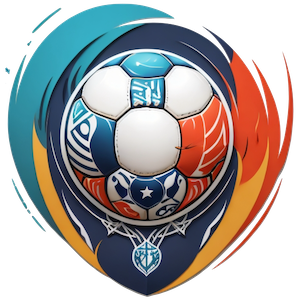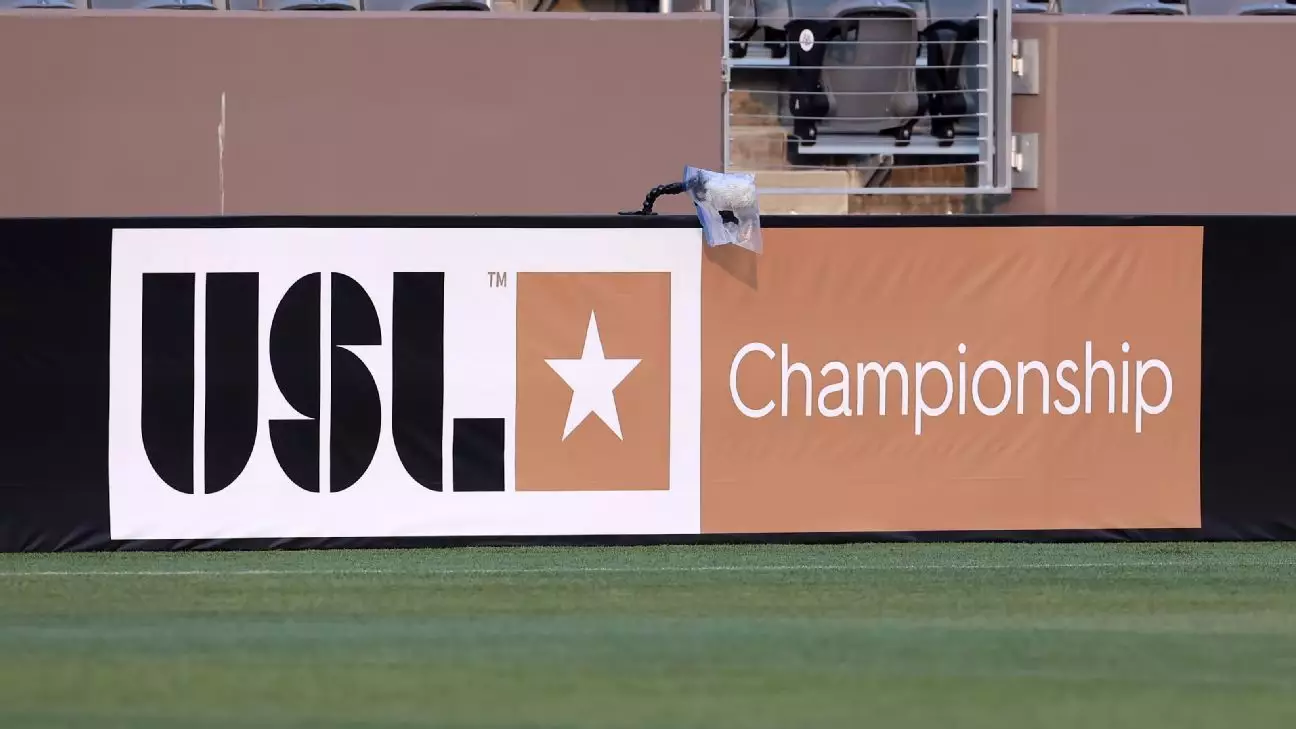The landscape of professional soccer in the United States is set to undergo a significant transformation with the United Soccer League’s (USL) announcement of a new Division One men’s professional league slated to launch in 2027. This development signals not only ambition but also a strategic move to create a sustainable ecosystem for soccer across the nation. By planning to operate independently of Major League Soccer (MLS), USL aims to redefine how soccer is structured, fostering deeper community connections and creating more competitive opportunities.
Alec Papadakis, the CEO of USL, phrased the announcement as a “defining moment” for American soccer. By establishing a dedicated Division One league, USL is positioning itself as a formidable presence in the soccer hierarchy, potentially rivaling the established MLS. This initiative points to USL’s commitment to expanding access to high-level competition and enhancing local engagement through soccer. The ambitious plan aligns with the broader narrative of soccer’s growth within the country, especially in light of significant events like the upcoming 2025 FIFA Club World Cup and the 2026 FIFA World Cup, which are expected to elevate the sport’s profile further.
This innovative approach is not merely about launching another league but rather about creating a robust framework that bridges the gap between grassroots efforts and professional play. By doing so, USL aspires to cultivate a stronger, more distinguished soccer community that embodies the spirit and diversity of American culture.
A notable aspect of the new league is the potential introduction of a promotion and relegation system—against the backdrop of MLS’s current operational model, which does not employ this structure. The prospect of a tiered system signifies a shift towards a more interactive and dynamic competitive environment where clubs can ascend and descend through the ranks based on performance. This contrasts sharply with MLS’s closed league format, adding layers of excitement and unpredictability to the American soccer scene.
Papadakis emphasized the vision of empowering clubs with greater autonomy, allowing teams to be more embedded within their communities while also competing at the highest levels. This proposed model is reflective of global practices where clubs in smaller cities can thrive alongside major urban teams. By promoting a competitive ecosystem, USL aims to harness the existing demand and infrastructure for soccer, unlocking vast potential for growth and stability.
The underlying theme of USL’s announcement is the commitment to community. The organization has always sought to intertwine soccer deeply within various localities across the nation. With the establishment of a Division One league, the expectation is to create sustainable pathways for youth players to transition into professional ranks while fostering a loyal fan base that feels a connection to their local teams.
USL’s efforts are bolstered by recent investments and increased participation in soccer across the United States. The recent announcements regarding high-profile events like the FIFA World Cup and the Summer Olympics in 2028 have further amplified public interest, offering fertile ground for USL’s growth strategy. By launching initiatives such as the USL Super League and USL W League, the organization demonstrates its comprehensive approach to developing soccer from grassroots to professional levels.
The Road Ahead
While the ambition behind USL’s announcement is commendable, challenges undoubtedly lie ahead. The US soccer ecosystem is complex and competitive, with entrenched interests and stakeholders. The journey to establish a thriving Division One league will require careful navigation of these dynamics, particularly in winning over fans who may already have allegiance to MLS or other local clubs.
Moreover, the financial sustainability of this new league will hinge on a confluence of factors including sponsorship, media rights, and community support. To successfully establish themselves as a legitimate alternative to MLS, USL will need to cultivate a unique brand identity that resonates with soccer fans and communities alike.
USL’s launch of a Division One men’s professional league represents an exciting and pivotal moment in American soccer’s evolution. With its emphasis on community engagement, competitive integrity, and the aspirations of a truly interconnected soccer landscape, the coming years may herald a new chapter that could redefine the very essence of the sport in the U.S. The future is indeed vibrant, and soccer enthusiasts across the nation are poised to witness an unprecedented transformation.

